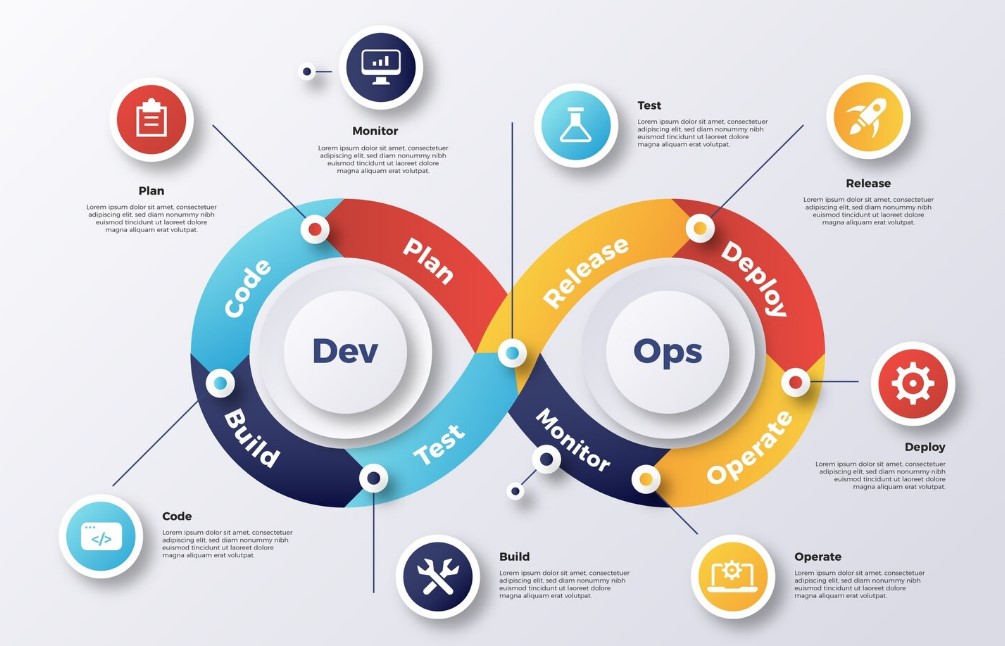How to Find the Right Partner for Custom WordPress Development in 2025
How to Find the Right Partner for Custom WordPress Development in 2025 Finding the right partner for custom WordPress development has become more important than ever. Businesses now expect fast websites, secure systems, and clean user experiences that support long-term growth. In this blog, we will walk through the key steps that help you choose a developer who can match your goals. Many companies also look for teams that understand Digital Strategy because a website is more than design. It is a complete digital tool that supports search, sales, and brand awareness. When you pick the right partner, your website becomes easier to manage and ready for the future. What Modern WordPress Development Really Involves in 2025 WordPress development today is far more advanced than it used to be. A true expert looks at how your business works, what your audience expects, and how your website can support long-term growth. The right team avoids shortcuts and builds solutions that fit your brand, your content, and your goals. This includes smart planning, performance improvements, and strong visual design that works on every device. Custom CMS Development A skilled developer builds features that match your workflow. Custom CMS development makes content easier to manage without relying on plugins you do not need. Mobile Responsive Design Most users browse from their phones, so every layout must adjust smoothly to different screen sizes. Website Architecture Planning Good planning helps your website stay organized and scalable. It prevents future performance issues and makes updates easier. Role of a Front-End Development Agency A strong front-end development agency focuses on clean visuals and easy navigation, helping visitors understand your message quickly. UI UX Design Process A clear UI UX design process leads to better layouts, readable content, and simple user journeys. It reduces friction and increases engagement. Criteria to Evaluate a WordPress Development Partner Selecting the right partner for custom WordPress development means looking beyond design samples. A strong partner understands how your website supports your goals and has the skills to build a fast, secure, and user-friendly experience. You want a team that follows best practices, communicates clearly, and understands modern website performance. The right criteria help you avoid low-quality work and ensure that your website is built for long-term success. Technical Capabilities Your partner should have proven experience with WordPress, theme development, plugin customization, and advanced integrations. Website Speed Optimization Fast-loading pages help with conversions and SEO. Developers must understand website speed optimization and use tools that help websites perform well. SEO Friendly Web Design A good website starts with clean code, simple navigation, and optimized structure. These are the foundations of SEO friendly web design. Landing Page Optimization A skilled team knows how to design pages that convert. Landing page optimization helps you turn visitors into leads or customers. Long Term Maintenance and Security Your developer should offer updates, backups, and security checks to keep your website safe and reliable over time. Experience With Integrations From CRM tools to analytics and automation platforms, your partner must know how to set up and maintain smooth integrations. How Business Strategy Connects With WordPress Development A successful website is not built on design alone. It needs clear goals, strong messaging, and a plan for how users will move through your content. This is where strategy becomes important. The right WordPress development partner understands your audience and business model, not just your technical needs. When both strategy and development align, your website becomes more effective at driving leads, sales, and brand trust. Value of a Digital Strategy Consultant A digital strategy consultant helps define your online goals and ensures your website supports them. This makes your development process more focused and successful. Role of Digital Strategies 2025 Modern digital strategies in 2025 focus on user experience, search behavior, and multi channel journeys. Your site should be planned with these trends in mind. Creative Brand Identity Design Your website should reflect your brand clearly. Creative brand identity design guides the colors, typography, and style that shape the user experience. Brand Messaging Strategy Your message must be consistent across every page. A strong brand messaging strategy helps users understand who you are and why they should trust you. Marketing Collateral Design Services Your website is part of your full brand system. Strong partners often offer marketing collateral design services so everything matches and supports your goals. Corporate Branding Solutions If you want a complete upgrade, look for agencies that also offer corporate branding solutions. This creates a unified experience across all digital and offline touchpoints. Red Flags to Avoid When Choosing a Developer Not every agency or freelancer offering custom WordPress development will deliver quality work. Some promise fast results but use shortcuts that create problems later. Others may not understand strategy, SEO, or performance, which can leave you with a slow or ineffective website. Knowing the warning signs helps you avoid costly mistakes and choose a partner who supports long-term growth. Overpromising and Vague Timelines If a developer guarantees instant results or refuses to explain their timeline, it shows a lack of planning and transparency. Using Low Quality Templates Some teams claim to build custom sites but rely on pre-made templates. This limits performance and makes future changes harder. No Clear Performance Benchmarks A reliable partner should discuss speed, security, and usability standards from the start. Lack of Documentation Without documentation, you may struggle to update or maintain your site later. This can increase your costs and cause unnecessary delays. Poor Communication If a partner cannot explain their process or provide updates, it becomes difficult to trust the final result. Final Thoughts Choosing the right partner for custom WordPress development in 2025 is a long-term investment in your brand and digital growth. A good website supports your goals, improves user experience, and helps your business stand out online. When a development partner understands both technical work and strategic planning, you get a website that performs well and grows with your needs. Ready to build a fast, strategic, and











